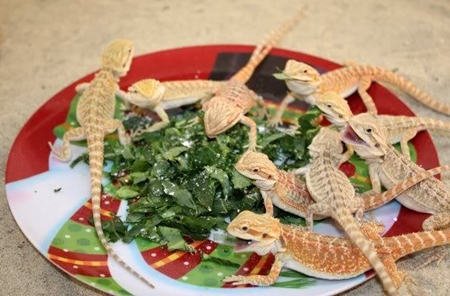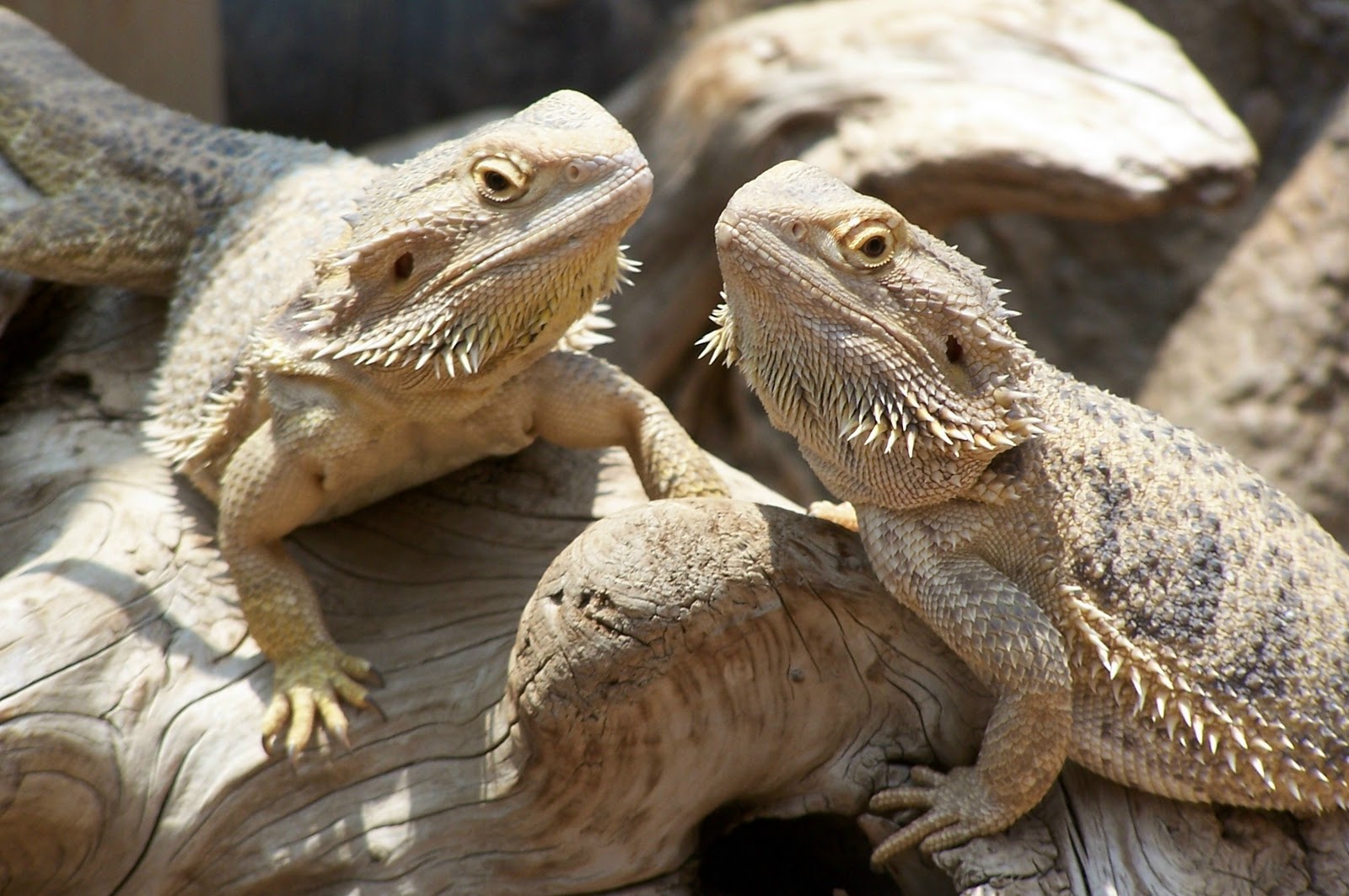When Your Bearded Dragon isn't Hungry: Tips and Tricks for Encouraging Appetite
Understanding a Bearded Dragon’s Eating Habits
Bearded dragons are commonly kept as pets for their non-threatening nature and docile temperament. They are omnivorous, which means that they eat both plants and animals. Knowing what and when to feed your bearded dragon is important for their health and well-being. However, there may be times when your bearded dragon isn’t eating as much or at all. This can be concerning, but there are ways to entice an appetite.

Common Reasons Why Bearded Dragons Stop Eating
Before we dive into how to encourage your bearded dragon to eat, it’s best to understand why they may have stopped in the first place. Some common reasons include:
- Brumation: Bearded dragons experience a natural state of hibernation, called brumation, during the colder months. They may reduce or stop eating altogether during this period.
- Stress: Bearded dragons can experience stress if there are changes in their environment, such as from moving to a new location or from encountering new pets.
- Illness: If your bearded dragon is sick, they may not feel like eating. Other symptoms will typically be present in this case.
- Inadequate lighting: Bearded dragons require UVB lighting to properly digest their food. Not enough lighting can cause a lack of appetite.
Ways to Encourage Your Bearded Dragon to Eat
If you suspect that your bearded dragon’s lack of appetite is due to stress, illness or improper lighting, seek veterinary advice. In cases of brumation, simply allow them to rest. The following tips can be helpful in encouraging an appetite:
Offer a Variety of Food
Bearded dragons may become bored if fed the same food repeatedly. Try offering different foods to create interest. They can eat a variety of insects, such as crickets, mealworms and wax worms. They can also eat vegetables like collard greens, mustard greens, and squash. Additionally, offering fresh and clean water can help stimulate appetite.

Warm up the Food and Environment
Bearded dragons are more apt to eat when they are comfortable. Make sure their enclosure is at the proper temperature and that there is ample lighting. Additionally, try warming up their food to replicate the natural warmth of prey. Use warm water to bath the insects or microwave them for a few seconds. Make sure the food has cooled to a safe temperature before offering it to your dragon.
Imitate Prey Behaviour
In the wild, a bearded dragon will chase and capture prey. Try moving the food and allowing the dragon to chase it. Place the insect in front of them and move it around, imitating prey behaviour. This can help stimulate hunting behavior and pique their interest.
Hand Feed Your Bearded Dragon
Sometimes a more personalized feeding experience can help encourage appetite. Try hand-feeding your dragon. Use tweezers to offer the food and hold it in front of their mouth. They may be more inclined to eat when it’s handed directly to them.
Final Thoughts
It’s important to regularly monitor your bearded dragon’s appetite and adjust their feeding habits accordingly. Bearded dragons should have a healthy and balanced diet to maintain good health. If their inappetence persists, seek veterinary advice. However, by applying these tips, you may help your dragon regain their appetite and get back to living their best life.

